asteroid
Latest
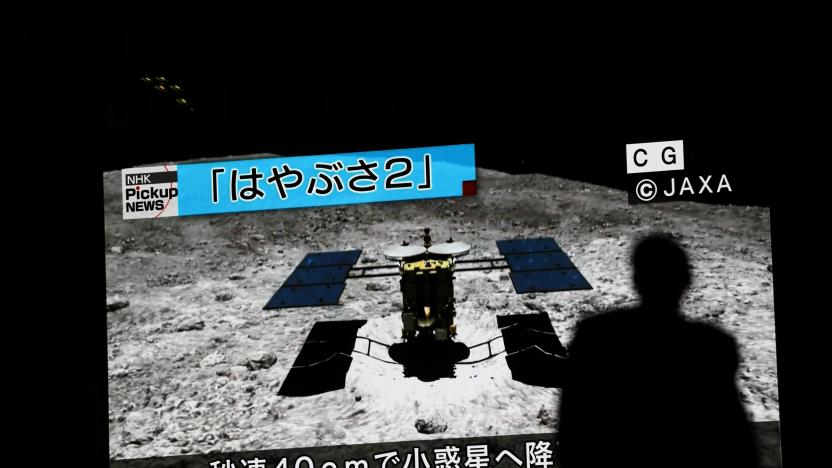
Japan's Hayabusa2 probe returns its asteroid sample to Earth
A capsule returning an asteroid sample from Hayabusa2 has successfully reached Earth.

NASA confirms OSIRIS-REx has secured its asteroid sample
After a process that took a couple of days, the OSIRIS-REx mission has stowed away the sample of regolith that it snatched from an asteroid last week.
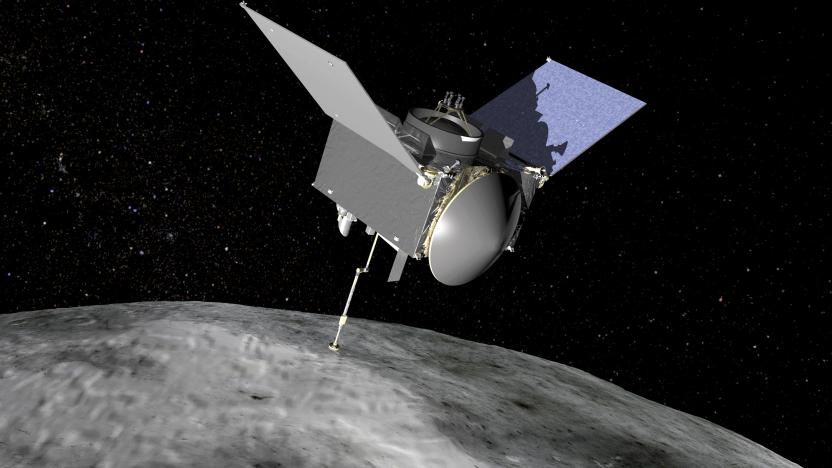
NASA will try to stow away its leaking asteroid sample tomorrow
Last week the OSIRIS-REx spacecraft grabbed material from the surface of an asteroid, but scientists report it grabbed so much that the collector head seems to be leaking small particles. Today NASA announced it’s moving up plans to secure what it grabbed. Tomorrow, the OSIRIS-REx mission will begin the process to stow its abundant sample of asteroid Bennu.
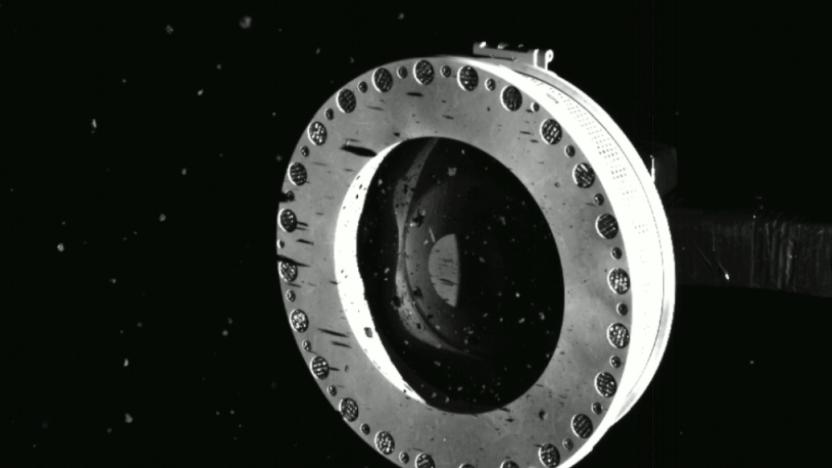
NASA works to secure the OSIRIS-REx asteroid sample
NASA's asteroid heist has hit a curveball -- it collected so much material some may be leaking out of the collection device. It's canceled some planned maneuvers in order to secure the regolith as quickly as possible.
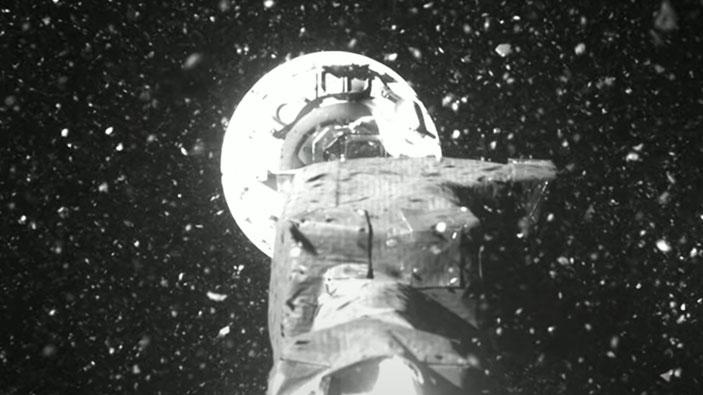
Watch OSIRIS-REx take a bite out of asteroid Bennu's surface
OSIRIS-REx became the first mission to gather samples from an asteroid after it successfully collected rocky “regolith” material from the surface of Bennu. Now, NASA has released several videos showing exactly how that six-second process looked, and the best way to describe it is “controlled chaos.”

NASA's OSIRIS-REx successfully collected bits of an orbiting asteroid
NASA made history on Tuesday afternoon as its OSIRIS-REx spacecraft successfully “tagged” the asteroid, 101955 Bennu, and in doing so collected a small sample of regolith from the passing celestial body’s surface.
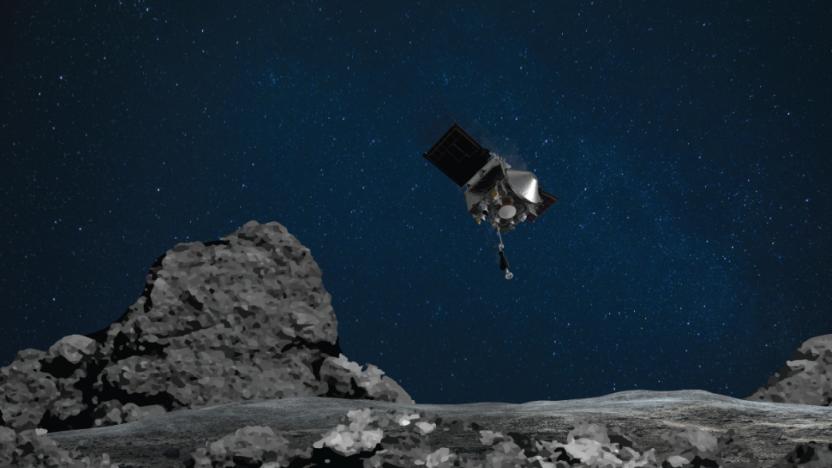
OSIRIS-REx will attempt its first asteroid sample collection next month
NASA's OSIRIS-REx will touch down on asteroid Bennu to collect space rocks on October 20th.
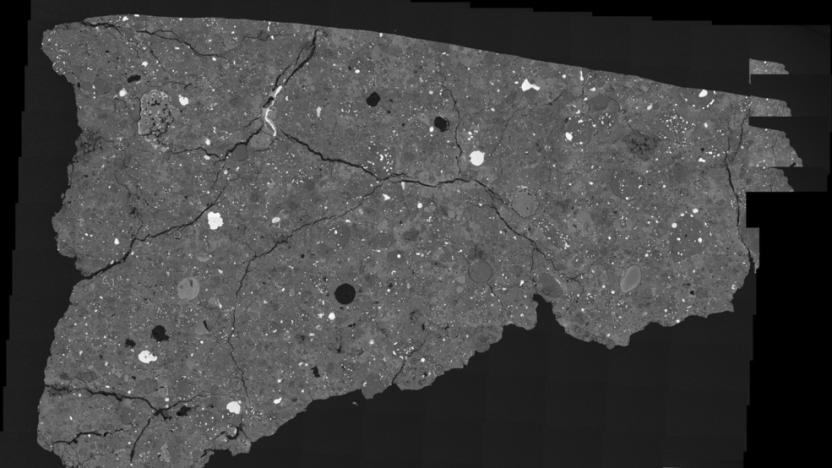
A tiny space rock holds clues about the evolution of life
NASA researchers believe meteorite Asuka 12236 holds clues about the evolution of life as we know it.

Scientists propose tethering asteroids to prevent Earth impacts
Scientists have proposed tethering asteroids together to prevent them from hitting Earth -- and without creating fragments.

Astronomers spot a strange, first-of-its-kind asteroid near Jupiter
Scientists have discovered a strange, unique object near Jupiter that's a cross between an asteroid and comet.

Watch a mile-long asteroid sling past the Earth tonight at 7 PM ET
The asteroid known as 1998 OR2 will come pretty close to the Earth. Armchair astronomers can tune into a livestream to watch it fly by.
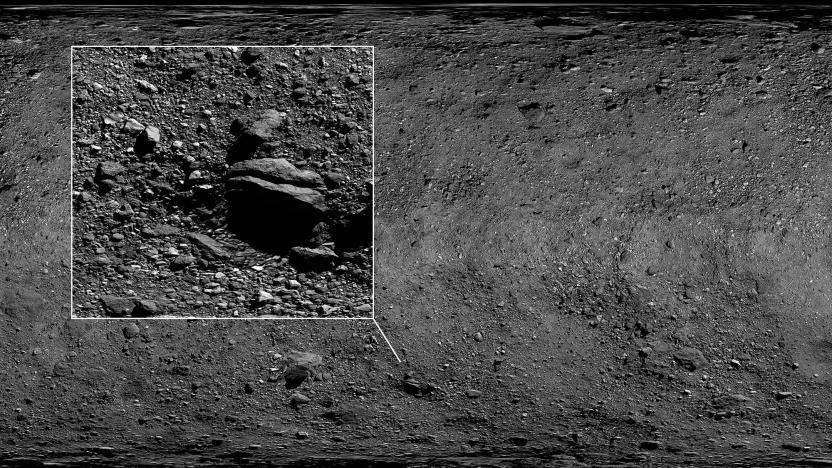
See every square foot of asteroid Bennu, Earth's little frenemy
Bennu has the distinction of being the subject of the highest resolution mosaic ever made of any planetary body.

NASA hopes OSIRIS-REx data will explain an asteroid's mini-eruptions
NASA's OSIRIS-REx spacecraft made a startling discovery shortly after arriving at its target, a 1614-foot-wide rock called Bennu: the asteroid was ejecting particles from its surface. While that's common behavior on icy comets, it's much rarer on asteroids. The phenomenon has stumped scientists, but NASA has now offered a few explanations based on observations by OSIRIS-REx and hopes that a sample collected next year will offer a more definitive answer.
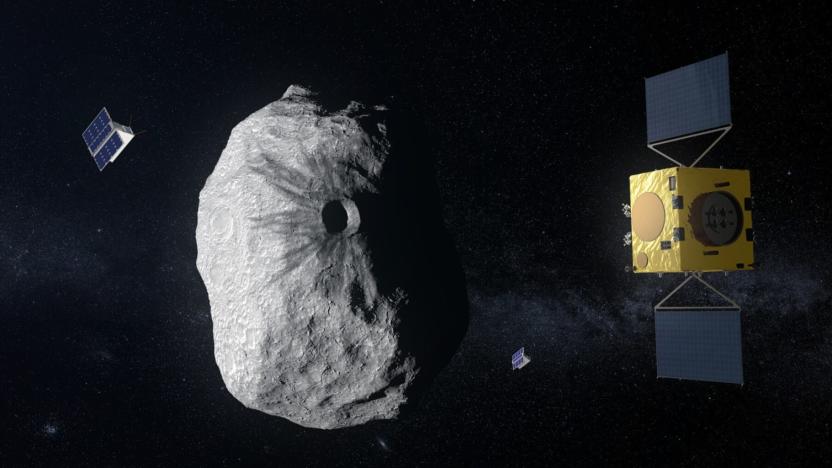
Europe's space agency approves the Hera anti-asteroid mission
European ministers in charge of the ESA space agency have approved Hera, a mission that will test whether deflection could save humanity from a rogue asteroid. During the $320 million mission, ESA and partner NASA will send a pair of spacecraft to a double-asteroid system called Didymos. NASA will first crash its DART probe into the smaller asteroid (Didymoon) at a speed of around 13,320 MPH, with the event recorded by an Italian cubesat called LICIACube. Hera will arrive later to map the impact crater and measure the asteroid's mass.

NASA and ESA will team up to deflect Earth-bound asteroids
If humanity is going to stop dangerous asteroids, countries will likely have to work together -- thankfully, that might just happen. NASA and ESA teams are meeting in Rome next week to discuss progress on on the Asteroid Impact Deflection Assessment, a joint research mission to study the viability of diverting an asteroid by crashing a spacecraft into its surface. The project aims to deflect the orbit of one of the two Didymos asteroids between Earth and Mars, with an observer craft gauging the effect of the impact more effectively than ground-based observers could manage.

Arecibo Observatory nets $19 million grant to search for dangerous asteroids
NASA has ensured the Arecibo Observatory in Puerto Rico can continue its search for near Earth objects (NEOs) that pose a threat to the planet with a $19 million grant. The fund was awarded to the University of Central Florida, which operates the observatory on behalf of the National Science Foundation.
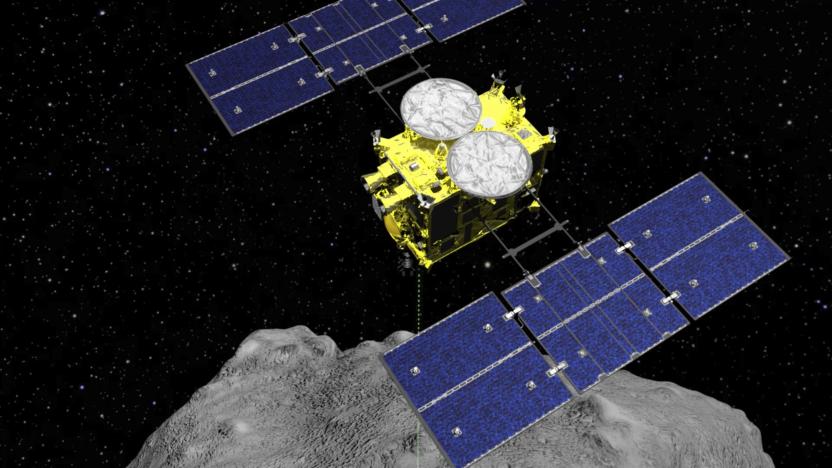
Japan's Hayabusa2 probe successfully landed on an asteroid, again (updated)
Back in February, Japan's second asteroid-exploring spacecraft touched down on the asteroid Ryugu to collect samples that it will bring back to Earth. Tonight, Hayabusa2 is making its final sample collection attempt, where it will try to collect material that was exposed by a crater it created with explosives back in April. It will once again try to quickly land, fire a tantalum bullet into the asteroid's surface and grab some of the dust that gets kicked up -- all in about one second. Assuming all goes well, the plan is to eventually deploy the Minerva II2 rover, and then begin its year-long journey back to Earth around November or December.
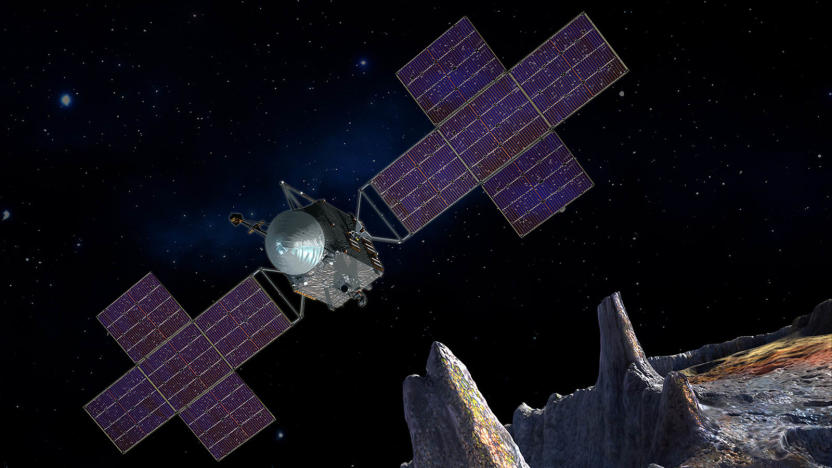
NASA makes final plans for its 2022 mission to visit an all-metal asteroid
In less than a decade, we might finally be able to unravel the mysteries surrounding Psyche, an asteroid that's believed to be composed mostly of iron and nickel. NASA is gearing up to explore the metallic asteroid, giving the Psyche mission the go-ahead to enter its final design and fabrication phase. The means the Psyche team will now begin developing detailed plans for the spacecraft and its science missions, as well as completing the spacecraft's testing and assembly.

SpaceX will assist NASA's first-ever mission to redirect an asteroid
NASA has chosen SpaceX to help out on its first-ever attempt to deflect an asteroid. The Double Asteroid Redirection Test (DART) will blast off on a Falcon 9 rocket in June 2021 from the Vandenberg Air Force Base in California. Its mission: To smash a satellite into the Didymos asteroid's small moon in a bid to knock it off its orbit. What sounds like the plot of a Michael Bay movie could turn out to be NASA's first line of defense against Earth-bound asteroids.

Japan's Hayabusa2 spacecraft bombs Ryugu asteroid
Forget bullets, Japan's Hayabusa2 spacecraft has detonated a bomb on the asteroid Ryugu to scoop up more samples. It deployed the device, known as the Small Carry-on Impactor (SCI) -- a 14kg copper container attached to the Hayabusa2 and packed with plastic explosive -- in the hopes of creating a 10-meter-wide crater on the space rock. On Friday, the SCI separated from the craft at an altitude of 500m above Ryugu and hurtled to its surface at a speed of 2 kilometers per second (4,474 miles per hour).







